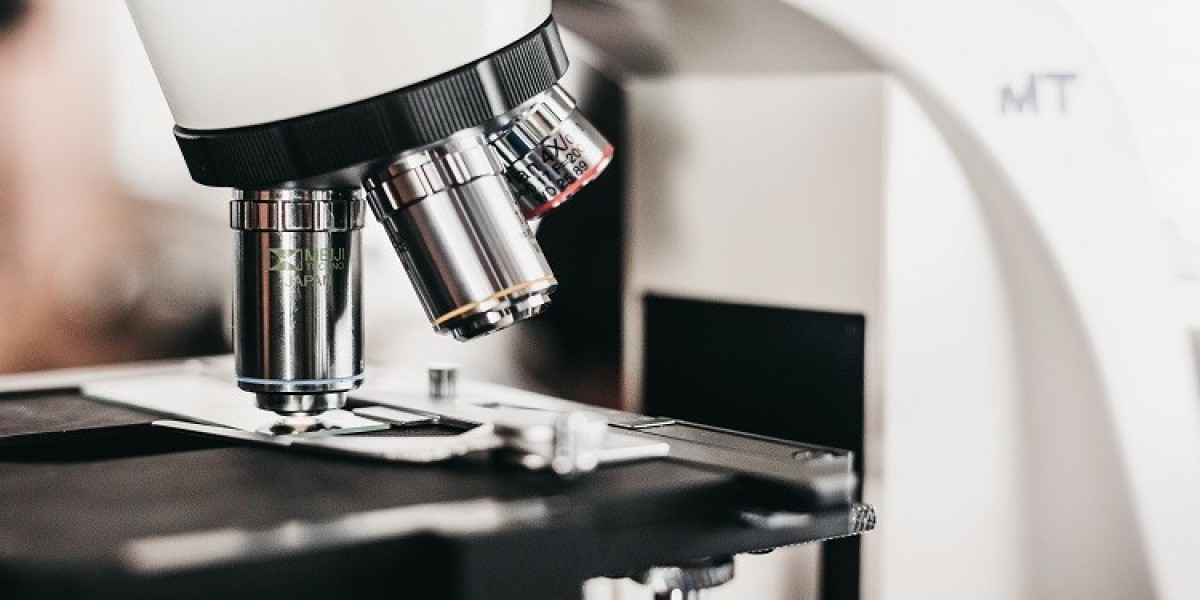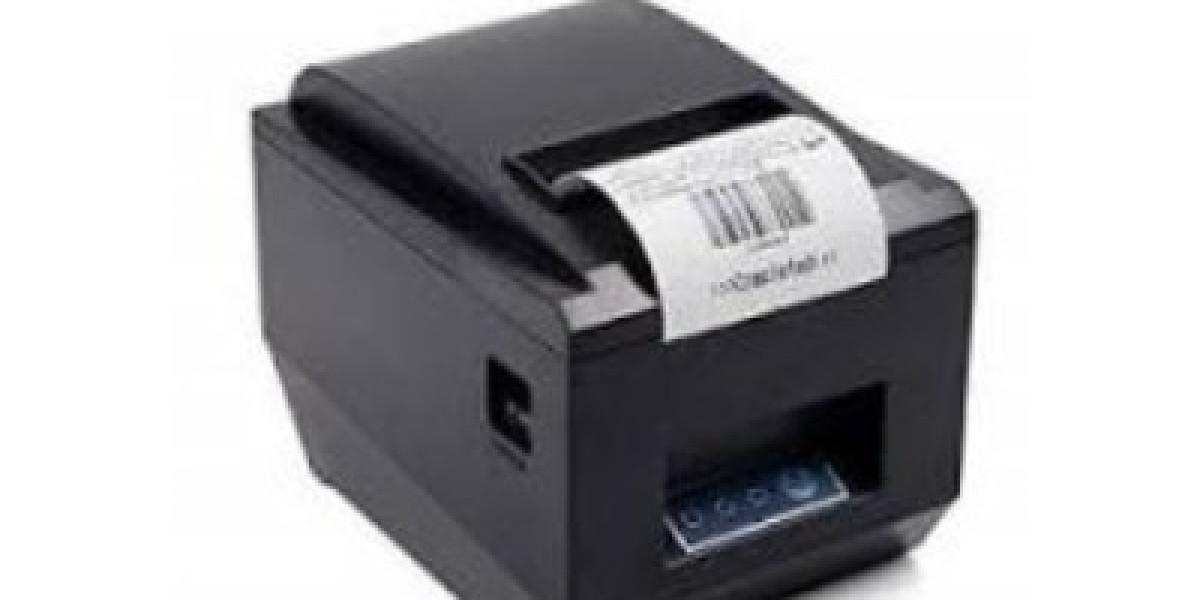Lithium phenyl-2,4,6-trimethylbenzoylphosphinate (LAP) is a cytocompatible, water-soluble photoinitiator that is frequently used in photopolymerization reactions. Visible light activates LAP, making it a flexible tool for a range of applications, including 3D printing, bioprinting, hydrogels, and coatings.
Definition
When exposed to light, a substance known as a photoinitiator starts polymerization reactions. An example of a photoinitiator that uses visible light to work is LAP. As a result, polymerization reactions can be started using LAP at room temperature without the use of harsh UV light.
Applications
- 3D printing: In 3D printing, LAP is used to launch the polymerization of photopolymer resins, enabling the production of intricate three-dimensional objects from a range of materials, including plastics, metals, and ceramics.
- Bioprinting: In applications involving bioprinting, LAP is used to start the polymerization of bio-ink. Using cells and biomaterials, the process of "bioprinting" enables the construction of three-dimensional living structures. LAP is perfect for bioprinting since it is cytocompatible, or secure for use with living cells.
- Hydrogels: LAP is used to initiate the polymerization of hydrogels. Hydrogels are water-filled networks of polymers that have a variety of biomedical applications, such as tissue engineering, drug delivery, and wound healing.
- Coatings: For uses like medical devices, electronics, and packaging, LAP is used to kickstart the polymerization of coatings. Due to its water solubility and ability to cure at room temperature, LAP is perfect for coatings.
Recent Research Studies
As researchers continue to investigate its potential applications and create fresh strategies to enhance its performance, interest in LAP photoinitiator has increased recently. A few examples of current research studies on LAP photoinitiator are provided below:
- LAP photoinitiator for 3D printing of biocompatible hydrogels: A novel kind of biocompatible hydrogel that can be 3D printed using LAP photoinitiator has been created by researchers at the University of California, Berkeley. This hydrogel, which is made of LAP and gelatin methacrylate (GelMA), has the potential to be used in a number of biomedical processes, including tissue engineering and drug delivery.
- LAP photoinitiator for bioprinting of living cells: A novel bioprinting technique has been created by University of Pennsylvania researchers that prints living cells into three-dimensional structures using LAP photoinitiator. The process could be used to develop novel organs and tissues for transplantation.
- LAP photoinitiator for visible light-cured dental resins: A brand-new dental resin has been created by University of Tokyo researchers that can be cured with visible light and an LAP photoinitiator. This resin, which can be used to create new kinds of dental fillings and other dental devices, is less harmful to the eyes and teeth than conventional UV-cured dental resins.
Future Outlook
LAP photoinitiator is a versatile and promising new technology with the potential to revolutionize a variety of industries, including healthcare, manufacturing, and construction. As researchers continue to develop new ways to use LAP, we can expect to see even more innovative and groundbreaking applications for this material.








